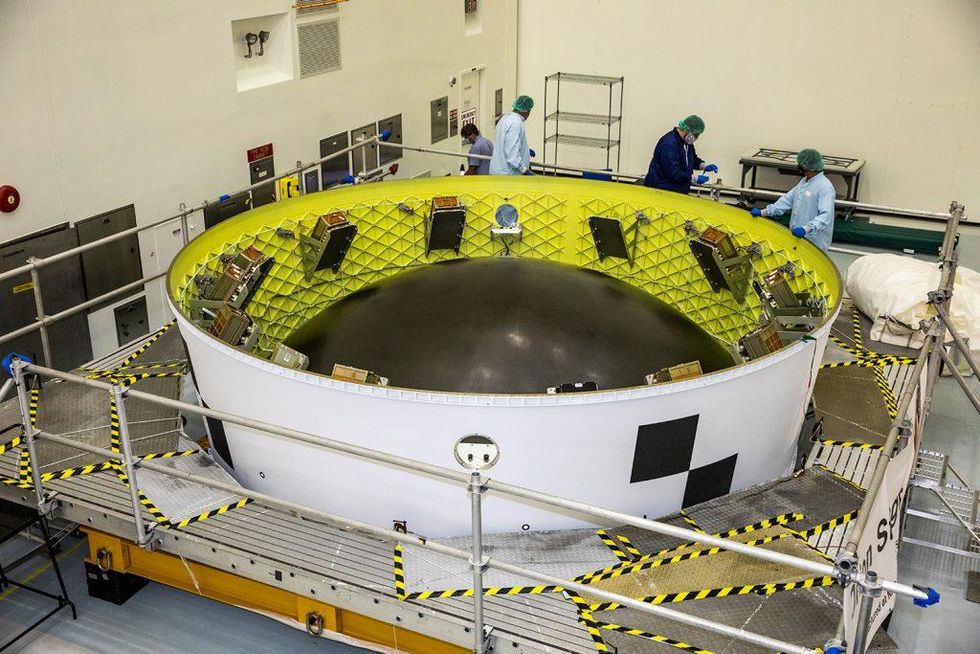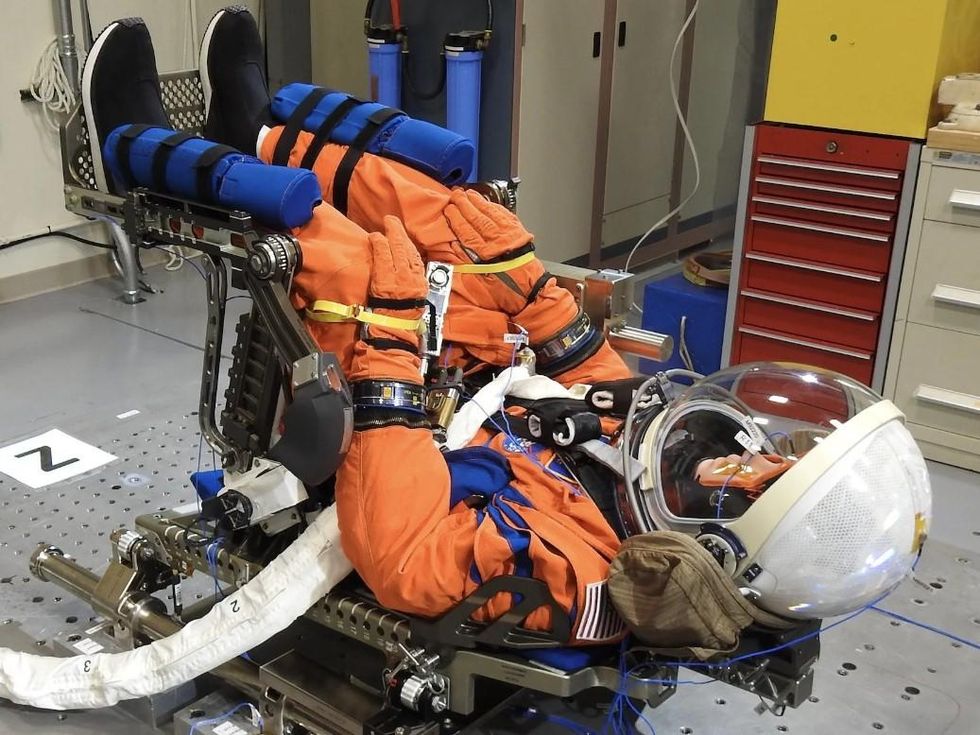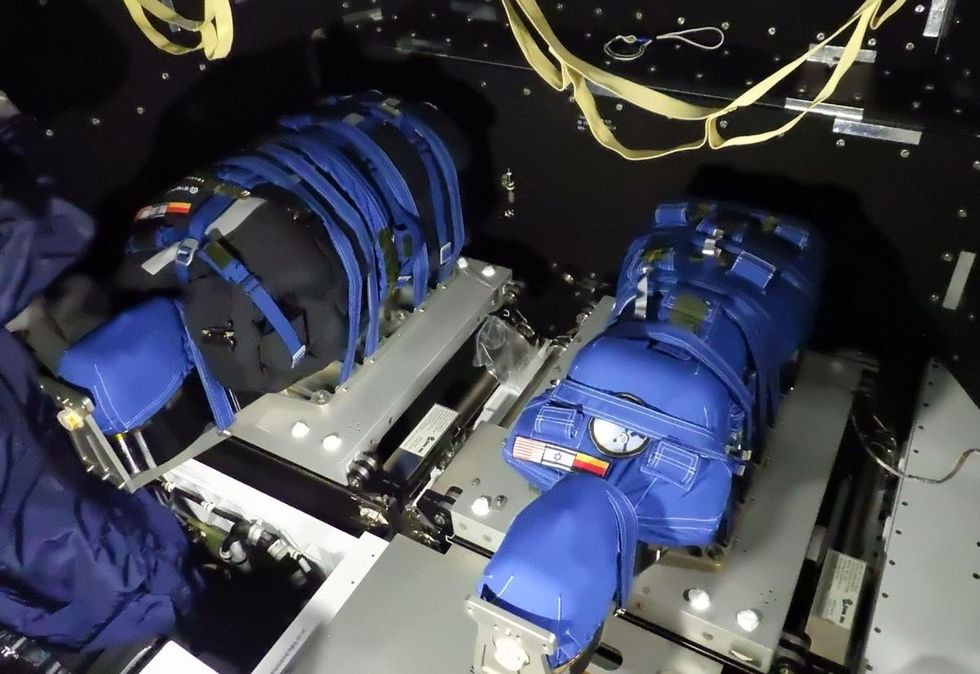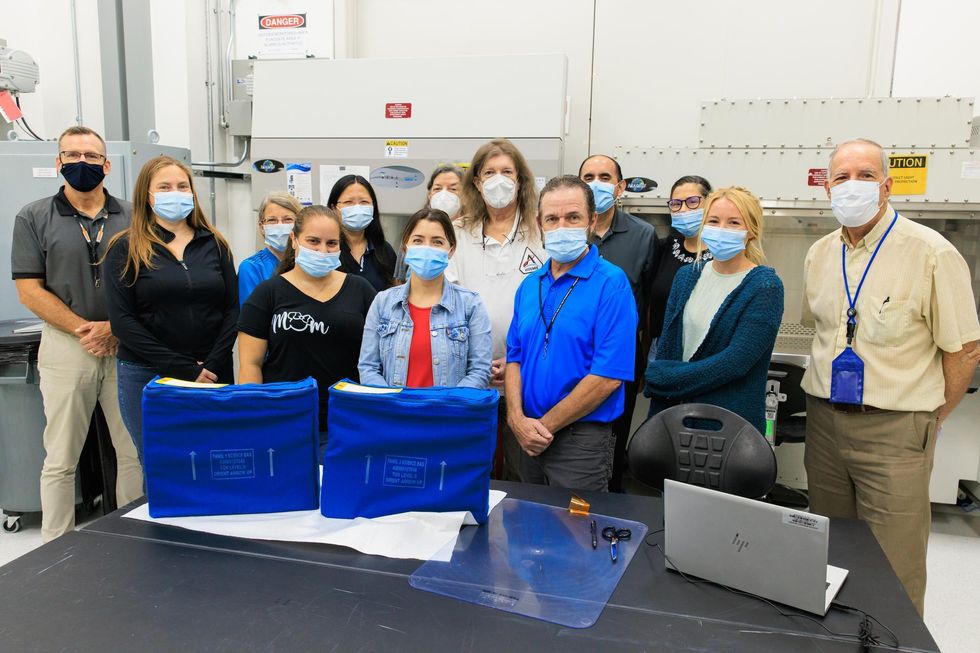Here’s All the Science Hitching a Ride on Artemis I

NASA's Artemis I mission launched early in the predawn hours this morning, at 1:04 a.m. eastern time, carrying with it the hopes of a space program aiming now to land American astronauts back on the moon. The Orion spacecraft now on its way to the moon also carries with it a lot of CubeSat-size science. (As of press time, some satellites have even begun to tweet.)
And while the objective of Artemis I is to show that the launch system and spacecraft can make a trip to the moon and return safely to Earth, the mission is also a unique opportunity to send a whole spacecraft-load of science into deep space. In addition to the interior of the Orion capsule itself, there are enough nooks and crannies to handle a fair number of CubeSats, and NASA has packed as many experiments as it can into the mission. From radiation phantoms to solar sails to algae to a lunar surface payload, Artemis I has a lot going on.
Most of the variety of the science on Artemis I comes in the form of CubeSats, little satellites that are each the size of a large shoebox. The CubeSats are tucked snugly into berths inside the Orion stage adapter, which is the bit that connects the interim cryogenic propulsion stage to the ESA service module and Orion. Once the propulsion stage lifts Orion out of Earth orbit and pushes it toward the moon, the stage and adapter will separate from Orion, and the CubeSats will launch themselves.
 Ten CubeSats rest inside the Orion stage adapter at NASA's Kennedy Space Center.NASA KSC
Ten CubeSats rest inside the Orion stage adapter at NASA's Kennedy Space Center.NASA KSC
While the CubeSats look identical when packed up, each one is totally unique in both hardware and software, with different destinations and mission objectives. There are 10 in total (three weren't ready in time for launch, which is why there are a couple of empty slots in the image above).
Here is what each one is and does:
While the CubeSats head off to do their own thing, inside the Orion capsule itself will be the temporary home of a trio of mannequins. The first, a male-bodied version provided by NASA, is named Commander Moonikin Campos, after NASA electrical engineer Arturo Campos, who was the guy who wrote the procedures that allowed the Apollo 13 command module to steal power from the lunar module's batteries, one of many actions that saved the Apollo 13 crew.
 Moonikin Campos prepares for placement in the Orion capsule.NASA
Moonikin Campos prepares for placement in the Orion capsule.NASA
Moonikin Campos will spend the mission in the Orion commander's seat, wearing an Orion crew survival system suit. Essentially itself a spacecraft, the suit is able to sustain its occupant for up to six days if necessary. Moonikin Campos's job will be to pretend to be an astronaut, and sensors inside him will measure radiation, acceleration, and vibration to help NASA prepare to launch human astronauts in the next Artemis mission.
 Helga and Zohar in place on the flight deck of the Orion spacecraft.NASA/DLR
Helga and Zohar in place on the flight deck of the Orion spacecraft.NASA/DLR
Accompanying Moonikin Campos are two female-bodied mannequins, named Helga and Zohar, developed by the German Aerospace Center (DLR) along with the Israel Space Agency. These are more accurately called anthropomorphic phantoms," and their job is to provide a detailed recording of the radiation environment inside the capsule over the course of the mission. The phantoms are female because women have more radiation-sensitive tissue than men. Both Helga and Zohar have over 6,000 tiny radiation detectors placed throughout their artificial bodies, but Zohar will be wearing an AstroRad radiation protection vest to measure how effective it is.
 NASA's Biology Experiment-1 is transferred to the Orion team.NASA/KSC
NASA's Biology Experiment-1 is transferred to the Orion team.NASA/KSC
The final science experiment to fly onboard Orion is NASA's Biology Experiment-1. The experiment is really just seeing what time in deep space does to some specific kinds of biology, so all that has to happen is for Orion to successfully haul some packages of sample tubes around the moon and back. Samples include:
- Plant seeds to characterize how spaceflight affects nutrient stores
- Photosynthetic algae to identify genes that contribute to its survival in deep space
- Aspergillus fungus to investigate radioprotective effects of melanin and DNA damage response
- Yeast used as a model organism to identify genes that enable adaptations to conditions in both low Earth orbit and deep space
There is some concern that because of the extensive delays with the Artemis launch, the CubeSats have been sitting so long that their batteries may have run down. Some of the CubeSats could be recharged, but for others, recharging was judged to be so risky that they were left alone. Even for CubeSats that don't start right up, though, it's possible that after deployment, their solar panels will be able to get them going. But at this point, there's still a lot of uncertainty, and the CubeSats' earthbound science teams are now pinning their hopes on everything going well after launch.
For the rest of the science payloads, success mostly means Orion returning to Earth safe and sound, which will also be a success for the Artemis I mission as a whole. And assuming it does so, there will be a lot more science to come.